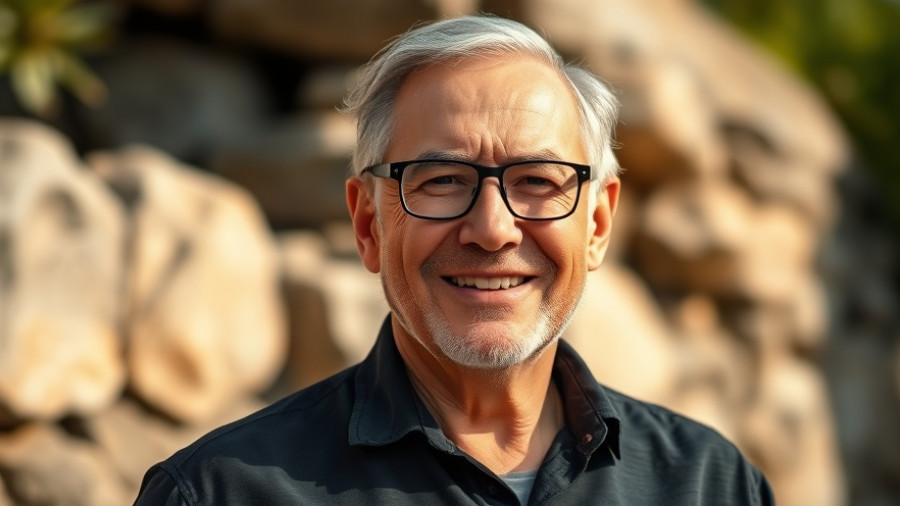
The AI Bubble: Are We Fated to Repeat History?
This summer, the tech industry saw a surge in valuations reminiscent of the dot-com boom at the turn of the millennium. Sam Altman of OpenAI referred to some of these valuations as “insane,” echoing concerns from various quarters about the sustainability of such rapid growth. The burgeoning AI sector has prompted analysts and investors alike to raise the alarm on what might become a significant economic fallout.
Historical Context: The Echoes of Dot-Com Mania
Historically, whenever there's a runaway growth in technology investments, it often leads to a speculative bubble. Charles Kindleberger's work, "Manias, Panics and Crashes," highlights the cyclical nature of investors' euphoria leading to devastating busts. The tulip mania of the 1630s and the dot-com crash of 2000 are classic examples of how inflated expectations can lead to widespread financial ruin.
Currently, AI investments are being scrutinized as they bear similarities to those earlier bubbles. Bitcoin and cryptocurrencies experienced similar peaks, only to crash spectacularly, leaving countless investors exposed. Economists like Hyman Minsky, known for his work on financial instability, argue that capitalism thrives on a belief system that can quickly destabilize when skepticism emerges.
The Current Landscape: AI and the Economics of Overvaluation
The present AI boom features unprecedented investments, with anecdotes of startups with little more than an idea securing vast funding. For instance, many firms chase artificial intelligence solutions while the core fundamentals of profitability remain elusive. As AI technologies, including chatbots and data-driven applications, vie for attention, the gap between actual returns and expectations widens.
According to reports, AI firms might need $2 trillion in annual revenue to sustain operational demand by 2030. However, forecasts indicate that these companies could fall short by nearly $800 billion, raising questions about the prevailing business models and their viability.
The Risks and Reality: Speculative Growth without Sustainable Returns
The sentiment among some analysts is steeped in concern. Jeffrey Bezos has expressed trepidation about a potential bubble developing, suggesting a streak of recklessness in investment behaviors. While the promise of AI remains encouraging, the inflated valuations remind us of previous eras where stock prices were expected to rise indefinitely, leading to market corrections.
Minsky theorized that longer periods of stability lead to riskier investments, creating cycles of overvaluation followed by eventual corrections. Current investors must grapple with this reality, understanding that chasing the next big trend can lead to short-sighted decisions driven by fear of missing out.
Counterarguments: Will AI Make a Difference?
Proponents of AI signal a brighter future, arguing that it will reshape industries and possibly even cure diseases. With major companies like Nvidia and Meta willing to put their money where their mouths are, the potential for massive returns fuels the ongoing investment surge. The narrative is that AI is a revolutionary force capable of significantly lifting productivity.
Despite the inherent risks discussed extensively, it is essential to consider the real-world implementations of AI. For example, OpenAI’s ChatGPT already boasts millions of users, demonstrating just how quickly consumers are willing to adopt this new technology.
Future Predictions: Implementing Sustainable Investments
As speculation surges, so does the dialogue surrounding necessary changes to capitalism itself. Economists advocate for a paradigm shift that could involve stringent regulations around borrowing, fostering conservative yet imaginative practices that center on societal impact rather than sheer profit.
A constructive response to the current hype around AI could involve steering investments toward technologies that address real-world issues. Rather than focusing solely on immediate financial returns, the emphasis should shift toward responsible innovation that can lead sustainable economic growth.
Conclusion: Reflect and Respond
The fate of the AI boom remains uncertain, but one thing is clear: learnings from the past must inform today’s decisions. We're at a crossroads where sound strategy—balancing innovation with caution—might pave the way toward a more stable financial future. As we navigate this critical space, those in the tech sector need to engage in directed discussions on how to transition from speculative risks to focused, productive investments.
 Add Row
Add Row  Add
Add 




Write A Comment